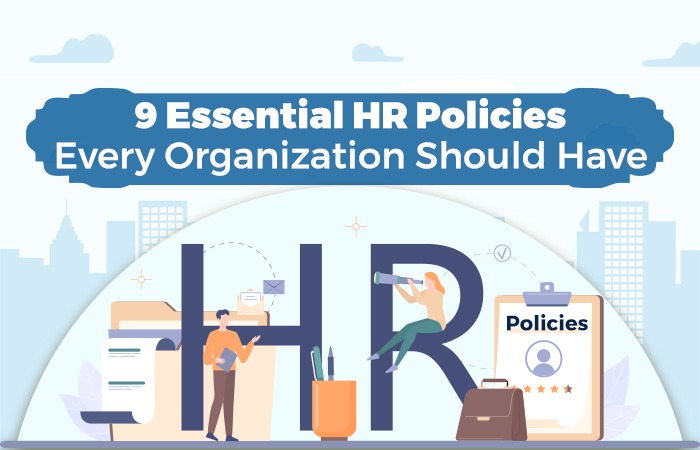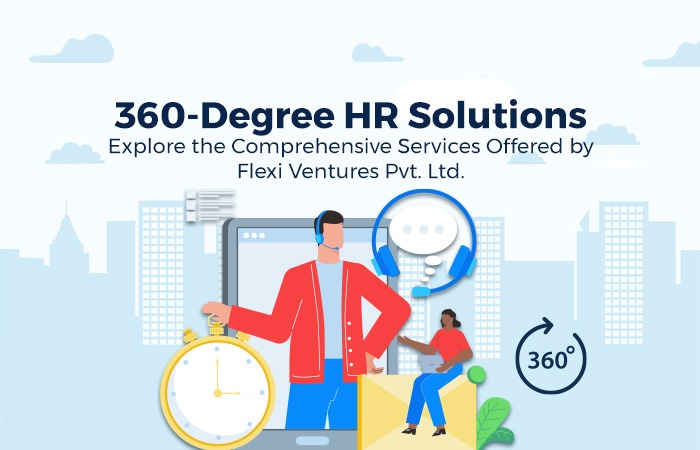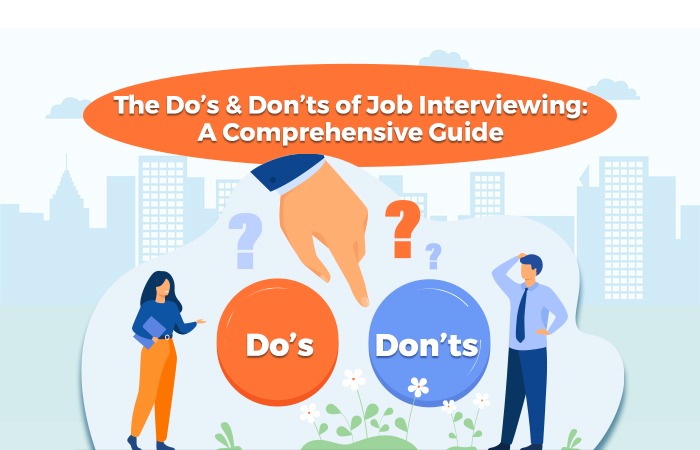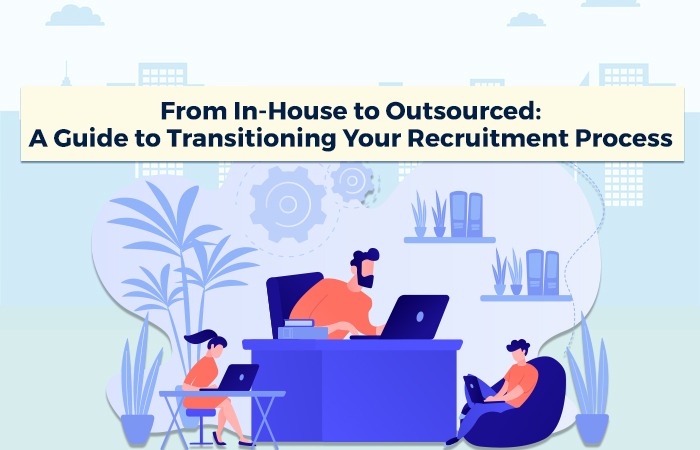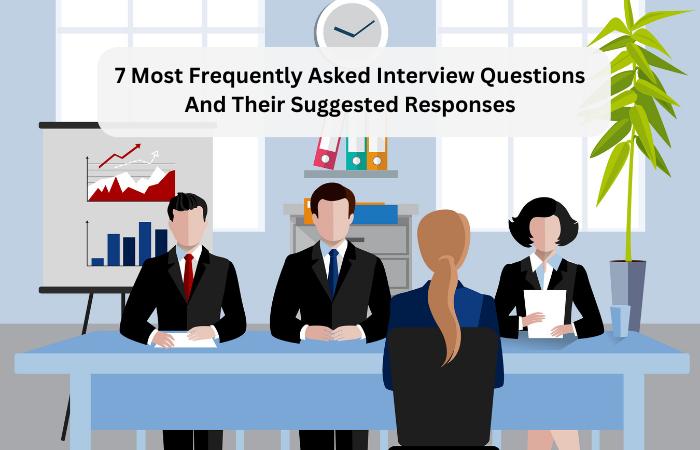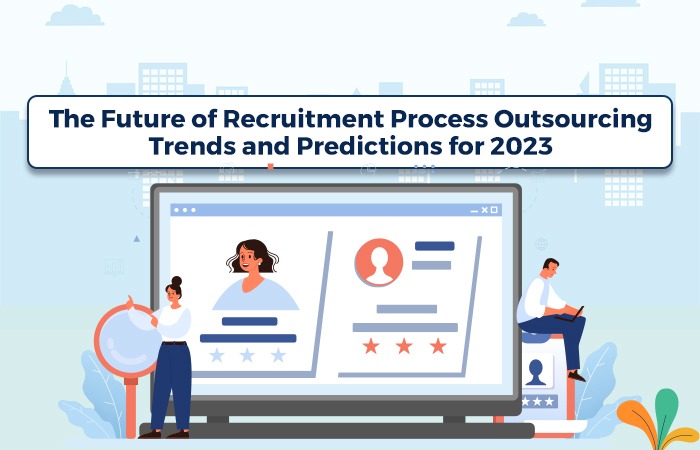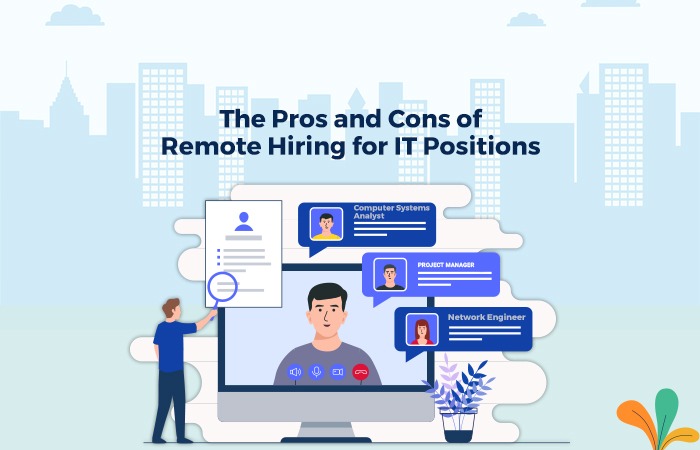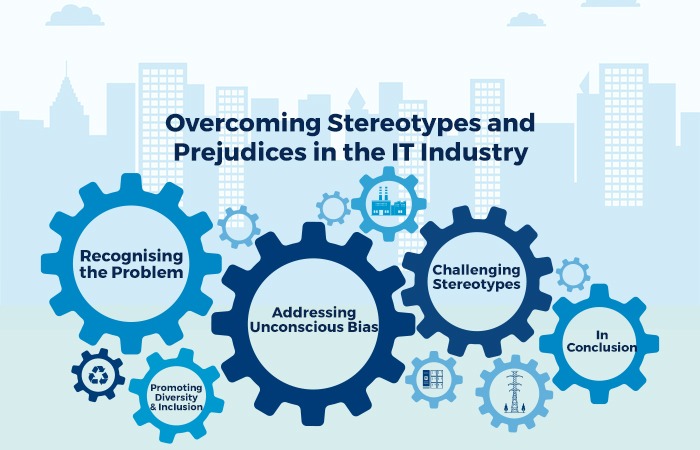The ability to retain employees can be a game changer not only for the overall operational efficiency but also in creating a differentiator in the highly competitive talent market.
It is important to note here that the employee motivators keep changing and the techniques that worked earlier may or may not work or be valid anymore.
While the Baby Boomers worked to provide for basic house, food and clothes, Gen X’s basic needs had been met and they worked to improve their standard of living.
Gen Z is different. They already enjoy good standards of living. They need a good work-life balance. They are working for passion and happiness.
So how can you motivate and retain them?
Here are some new age retention techniques that you can try and work with.
- Pay More Attention Towards Cultural Fit
Retention strategy should start right from the time the employee is being hired. Recruiting the right candidate for the job is the most important part of a good retention strategy. While a lot of focus is on the skills and experience, a very important aspect of the candidate being cultural fit is usually ignored.
If the employee is not able to relate to the purpose, values and goals of an organisation, there is a very high likelihood that they will not be happy.
Apart from questions related to the job requirement, focus on what kind of work environment the candidate is most motivated to work in. Moreover, let the candidate know what the work culture and environment is, in form of videos, presentations, visits, team introduction, etc so that they know what they are getting into before they sign over the dotted lines.
- Onboarding
Research shows that as high as 20% employees leave their jobs within the first 90 days. This results in a waste of time and money associated with the recruitment process. Hence onboarding and hand holding employees is critical to a robust retention strategy.
A good onboarding programme helps create a seamless transition for the new hire and helps provide clear picture of what the job entails. They get to know their team members and align with the company’s goals. This camaraderie and social bond helps them work better and stay longer with the organisation. They get productive much faster and feel they are contributing positively to the team.
- Provide Flexible Work Opportunities
Post pandemic, every company has realised how important it is to provide flexible work environment. Fixed work hours within the confines of the office are no longer a must. Forced remote working due to the pandemic helped companies realise that work efficiency does not drop, rather improves if the employees are left to work at their own convenient hours and location.
Flexible work opportunities in form of remote working model, hybrid working model, part time, freelancing, etc are very important if you want to attract and retain top hires.
Create a work model that works best for your company and the employees.
- Work Life Balance
Work-life Balance is another buzzword that has gained huge significance especially with the new age employees. They are no longer interested in spending all their waking hours on their desks. They have an equally important social life, and they are not ready to compromise with the time spend following their passion and interests.
Here again you can start with what works best for your organisation. It can be as simple as a compulsory vacation or flexible work schedule.
- Health Benefits
The pandemic shifted the spotlight towards health, both physical and mental. Health benefits have become a key deciding factor for employee to stay with an organisation. Moreover, employee health plays a very important role in improving the workplace efficiency. These are reasons enough for you to invest in employee health benefits. Employee health insurance is a good investment. Additionally, you can look at providing a healthy and safe work environment. Focus also on the mental well being of the employees by providing a sounding board to share their experiences and stories. You can also invest in counsellors to help employees deal with stress and loneliness due to the pandemic.
- Recognise and Reward
This does not require much explanation. It is important that you recognise and reward the top performers in order to motivate them to stay with the organisation. Apart from the annual bonus and incentives, create a strategic reward and recognition programme that identifies and rewards excellence at work. It can be in form of public appreciation, bonus, promotion, incentives, etc. do not wait for the annual appraisals to do this. Appreciate and reward good work as and when the employees deserve it.
It is also prudent to provide regular and timely feedback to the employees so that they can work on areas of improvement.
- Compensation
Last but not the least, compensation, though not the most important factor in employee retention, is important to keep your workforce happy. It goes without saying that your compensation should be competitive and at par with the market.
Lastly, review your retention strategy from time to time to ensure you are providing your employees the best in terms of culture, working experience, compensation and benefits.



